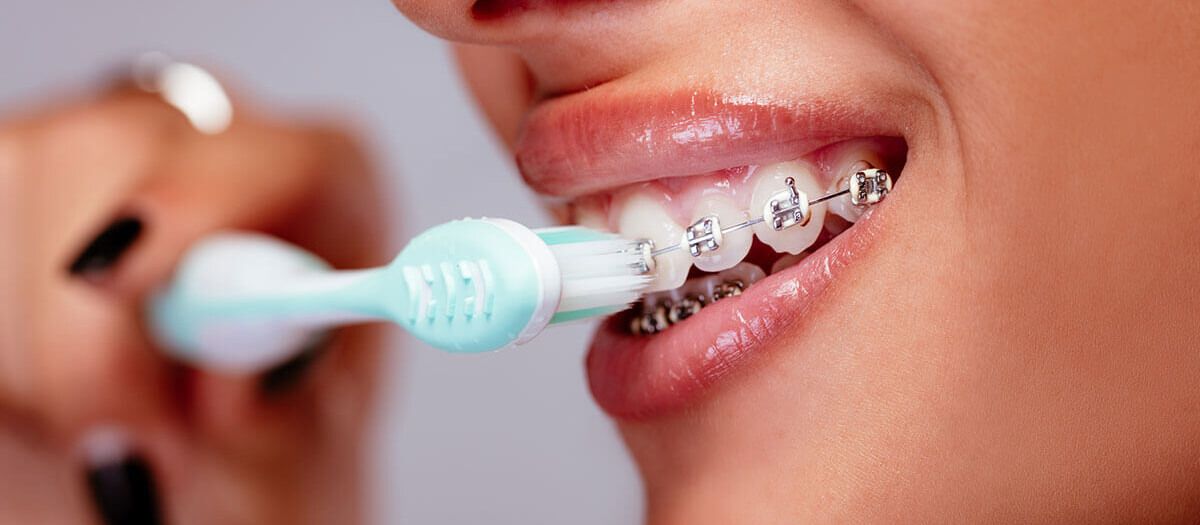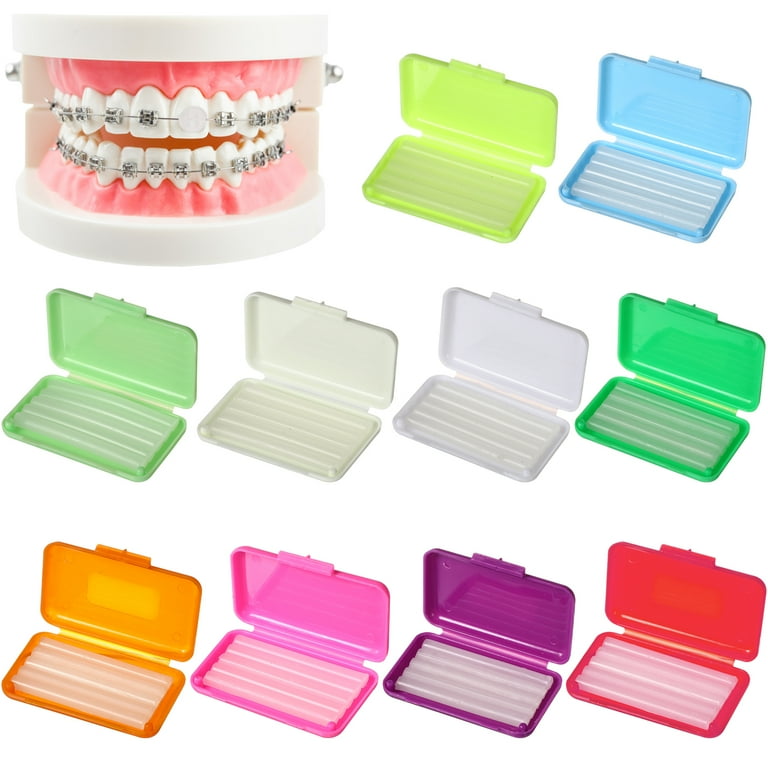Comprehensive Overview to Orthodontics Procedures for Dealing With Dental Misalignments
In the realm of orthodontics, the journey to achieving a perfectly straightened smile entails a myriad of procedures customized to remedy oral imbalances. From typical dental braces to undetectable aligners and also medical alternatives, the field of orthodontics offers a series of solutions to deal with varying degrees of dental abnormalities. Comprehending the intricacies of each procedure, including their mechanisms, advantages, and possible disadvantages, is important in making informed choices concerning one's orthodontic treatment. As we browse via the thorough guide to orthodontic procedures for dealing with dental imbalances, the complex information of each approach will unravel, dropping light on the course towards a harmonious and functional oral positioning.
Orthodontic Procedures Overview

Along with traditional braces and clear aligners, orthodontists may also recommend various other treatments like headwear, palatal expanders, or retainers to resolve particular alignment concerns (cumming braces). These treatments are customized to each individual's unique requirements and might entail a mix of therapies to attain the preferred outcomes. Regular modifications and monitoring are crucial parts of orthodontic therapy to make certain progression is on track and to make any essential alterations along the road. By undergoing orthodontic procedures, clients can not just accomplish a straighter smile however also enhance their general oral wellness and function.
Traditional Dental Braces: How They Work
When thinking about orthodontic treatments for dental misalignments, conventional dental braces stand out as a time-tested approach for correcting teeth placing. Traditional dental braces are composed of brackets, wires, and bands that function together to apply constant stress on the teeth, progressively relocating them right into the desired positioning.
One trick aspect of how typical dental braces work is the process of bone renovation. As pressure is used to the teeth with the dental braces, the bone bordering the teeth is improved to sustain the new tooth settings. This makeover is crucial for the long-lasting stability of the dealt with placement. People will need normal changes at the orthodontist's office to make certain the braces remain to apply the correct stress for reliable teeth movement.
Unnoticeable Aligners: Disadvantages and pros
These clear, tailor-made trays are basically invisible when put on, making them an attractive choice for people looking for a more aesthetically pleasing orthodontic therapy. Patients can remove the aligners before consuming or cleaning their teeth, reducing the danger of food getting stuck in the appliance and simplifying the cleansing procedure.

Surgical Orthodontic Options
Surgical interventions in orthodontics present viable options for dealing with complicated dental misalignments that may not be properly solved with traditional orthodontic therapies. While undetectable aligners and traditional dental braces can remedy lots of orthodontic issues, specific cases call for surgical intervention to achieve optimal results. Surgical orthodontic choices are generally advised for serious malocclusions, my website considerable jaw inconsistencies, and instances where the underlying bone framework needs adjustment to accomplish proper placement.
One usual surgical orthodontic treatment is orthognathic surgery, which includes rearranging the jaws to remedy practical concerns such as difficulty talking or chewing. This surgical treatment is commonly carried out in cooperation with an orthodontist that helps straighten the teeth before and after the procedure. Surgical orthodontics may additionally involve treatments to reveal impacted teeth, eliminate excess periodontal cells, or improve the jawbone to create a more unified face profile.
Before taking into consideration surgical orthodontic choices, people go through a thorough analysis to establish the need and possible benefits of such treatments. cumming aligners. While surgery may appear complicated, it can substantially enhance both the function and looks of the smile in situations where standard orthodontic therapies fail
Retainers and Post-Treatment Treatment

Post-treatment care involves adhering to the orthodontist's directions faithfully. This may consist of proper oral health methods, attending follow-up consultations, and using the retainers as suggested. Failure to comply with post-treatment care instructions can result in regression, where the teeth slowly return in the direction of their initial positions. Consistent retainer wear, excellent oral hygiene, and regular dental exams are necessary for keeping the outcomes accomplished via orthodontic surgical procedure and ensuring the long-term security of the remedied dental positioning.
Conclusion
In verdict, orthodontic treatments supply different emergency dentist near me alternatives for remedying oral misalignments. Surgical orthodontic choices are offered for extra severe imbalances. Overall, orthodontic procedures can successfully improve oral health and wellness and visual appearance.
As we navigate with the thorough overview to orthodontic procedures for correcting oral imbalances, the elaborate information of each method will unfold, shedding light on the path towards a unified and practical oral placement. - braces
One of the most common orthodontic therapies is the usage of dental braces, which are composed of metal braces and wires that apply mild pressure to gradually move teeth right into the desired position.When thinking about orthodontic therapies for oral imbalances, traditional dental braces stand out as a time-tested technique for dealing with teeth placing. Additionally, undetectable aligners may not be suitable for complicated orthodontic problems that need even more considerable teeth motion, as they are typically suggested for light to moderate cases. Retainers are tailor-made orthodontic gadgets developed to hold teeth in their remedied positions after the completion of orthodontic therapy.